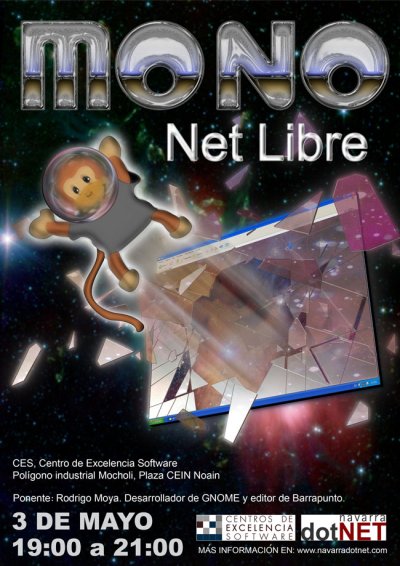Last week was Hacking week at openSUSE, so here’s a summary of what I did:
- I moved all my OSM-related packages to the Application:Geo repository in openSUSE’s build service. And I added a couple of packages I needed to build maps for my GARMIN GPS unit: mkgmap and osmosis, which have helped me in making the first 100% free map of Spain for GARMIN GPS units 🙂 Of course, the map is incomplete (compared to the P2P’ed maps GARMIN users in Spain use), but this should probably get more people to contribute to the maps. Here are some screenshots of the maps on a Que PDA (thanks to Miguel Blanco):




- I lost lots of time at the beginning of the week trying to make Mapper (a fork of maemo-mapper to provide more OpenStreetMap-oriented features) work, fixing some build problems (patches are upstream now) and packaging it. It still doesn’t work very well though, crashing a lot, but this will improve soon.
- I started working on a GNOME client for the openSUSE build service. Most of the time was spent doing tests with Python in general and the OSC Python API in particular, so the result is not that fantastic, but at least I’ve got now a good base from where to continue the work. You can find the (clean) work in my git repository:
git clone http://www.gnome.org/~rodrigo/git/osc-plugins.git

